New France’s Fort Carillon was one of the strongest fortified places in North America, on par with the New France’s Louisbourg on Cape Breton Island and Spain’s Castillo de San Marcos at St. Augustine, Florida. So one is faced with the question of why, in the breathing space given him by the death of Lord Howe, did Louis-Joseph de Montcalm so feverishly complete the earthworks and log stockade on the Heights of Carillon?
The answer is that stone fortifications like Carillon, whether they were built of solid stone or of walls of earth with a stone backing and front, were some 300 years past their prime.
[text_ad]
The Death of Stone & Masonry
By the early 15th century, the death of all stone and masonry fortifications in the British Isles had been foretold by events in Scotland. As Albert Manucy noted in his Artillery Through the Ages, between 1455 and 1513 the Scottish Stuart kings made telling use of their cannon against over-mighty nobles. Wrote Manucy, “A baron’s castle was easily knocked to pieces by the prince who owned, or could borrow, a few pieces of heavy ordnance.”
The Frenchman Sebastien le Prestre, the Marquis de Vauban, brought military engineering to its peak during the reign of King Louis XIV. To try to offset the destructive power of artillery, he added outside defenses—bastions—to protect the main fortifications. Two large ones, in fact, were incorporated into the defense of Fort Carillon. Stone and masonry would still shatter under the weight of heavy cannon balls from an artillery siege train, so it was customary to build earthen (not log) ramparts or redoubts farther from the main defensive lines. These were meant to keep artillery farther from the stone walls; they would also be more defensible against artillery because they would generally absorb shot rather than be broken apart by it. Indeed, given his reputation, one wonders why Montcalm had not spent more of the previous two years doing just that at Carillon.
Abercromby’s Folly
Nevertheless, given the short time allowed him, Montcalm did a highly effective job of building the menacing French Lines on the Heights of Carillon, but only for defense from massed infantry attack. If James Abercromby had used the artillery with which he had been amply supplied, the story of the battle would have been much different. With the French Lines breached and destroyed, Montcalm and his men would have had to withdraw to the stone fort. The provisions in the fort were drastically limited, not nearly enough to survive a siege. Rogers’ Rangers would have made sure no supplies could come down Lake Champlain from the French Fort St. Frederic. If God were indeed on the side of the French by providing them with a commander like Montcalm, He certainly seemed to have been against the British by furnishing them with one like Abercromby.
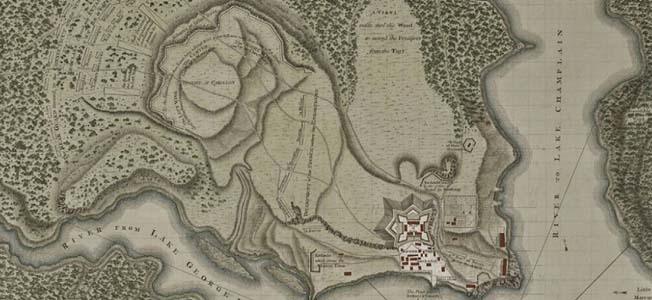
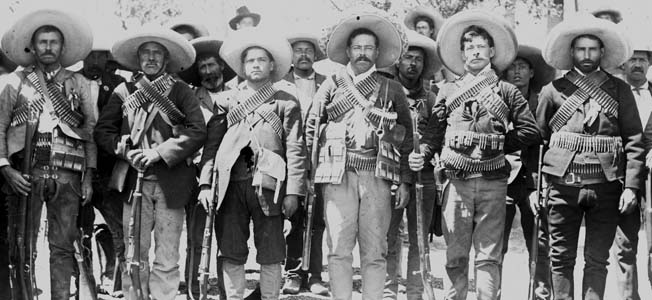
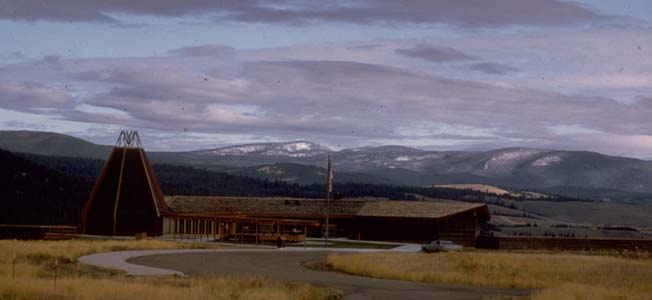
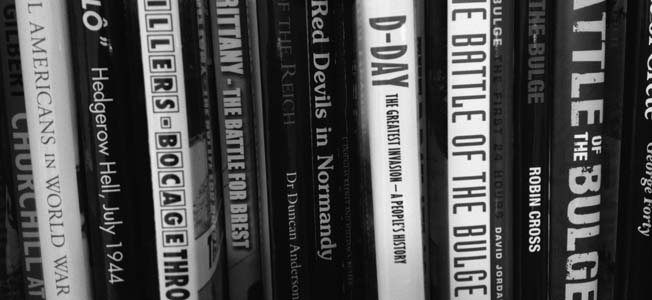

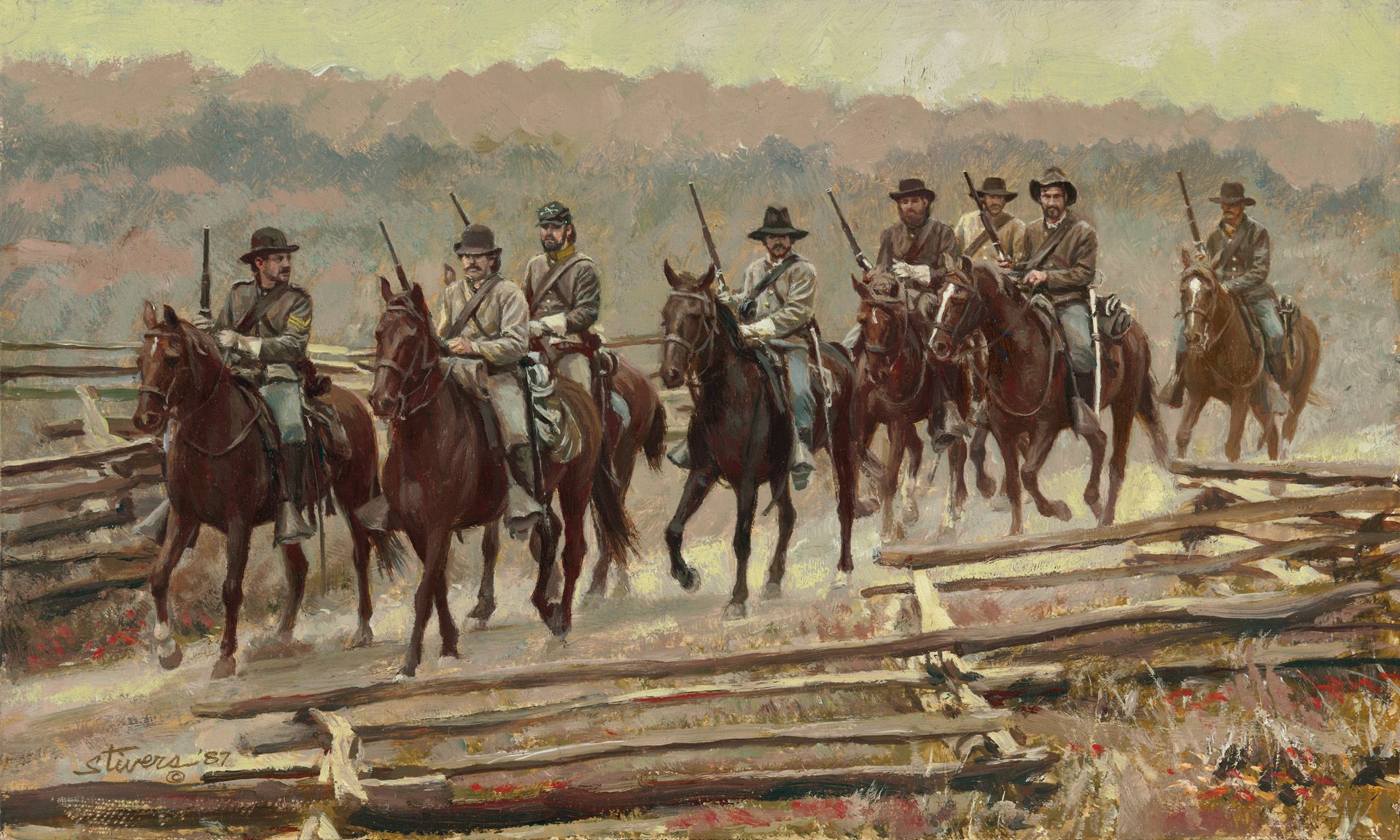
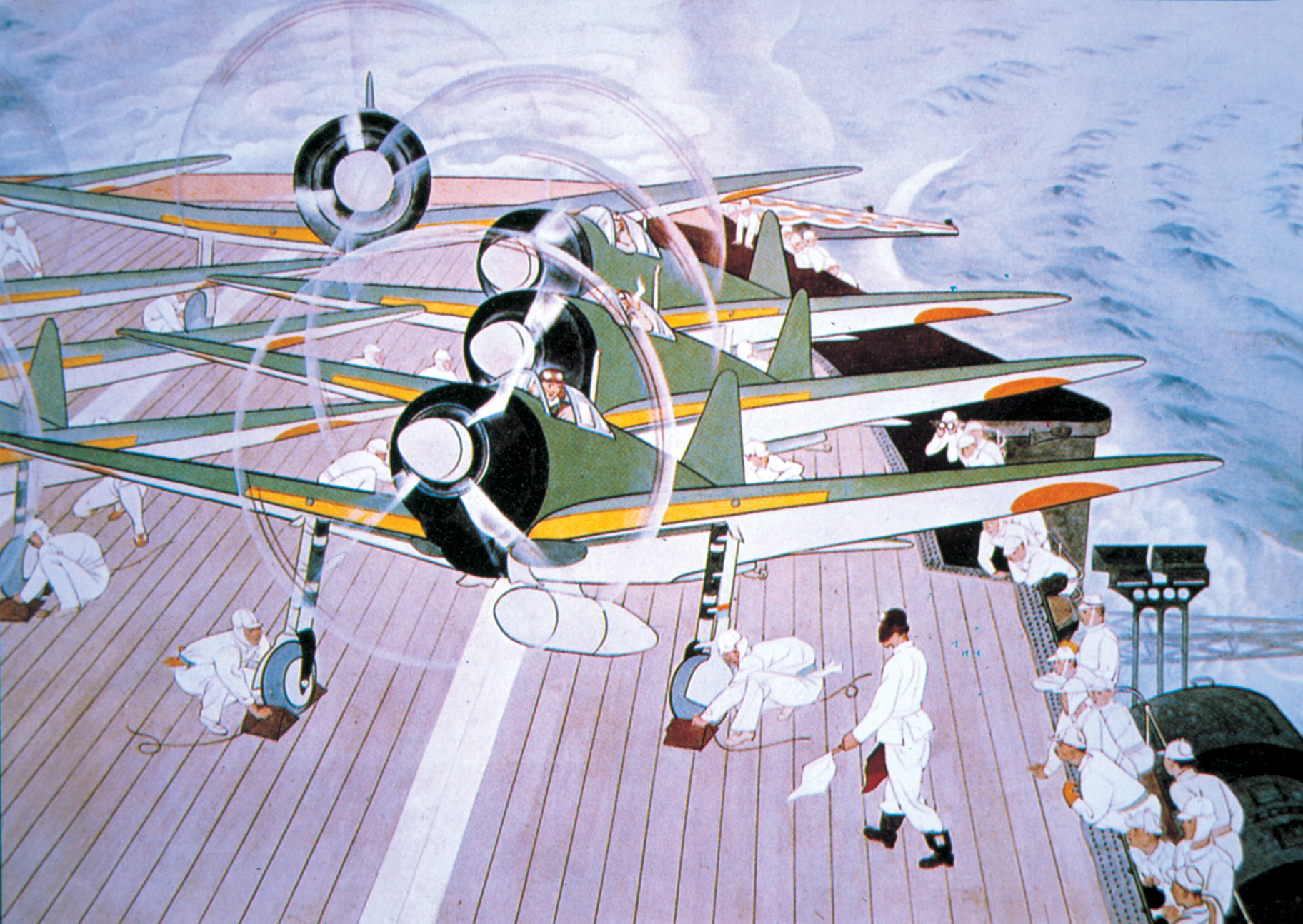

Join The Conversation
Comments
View All Comments